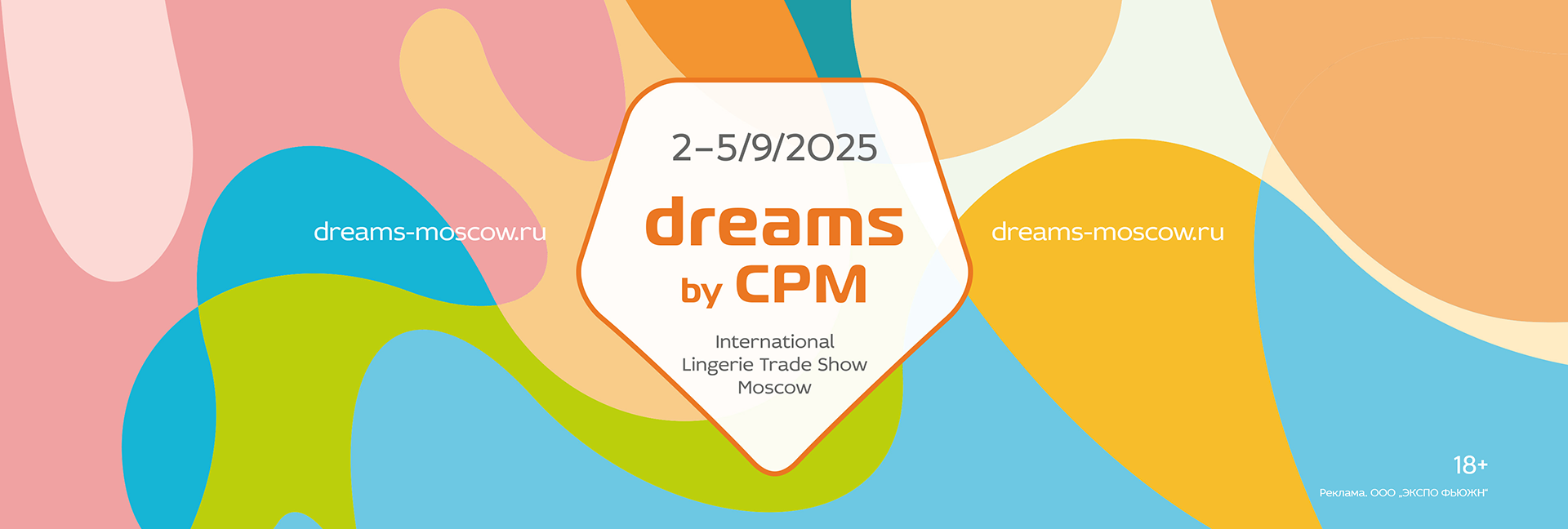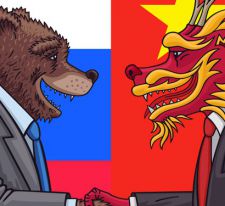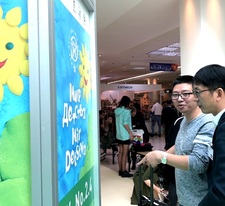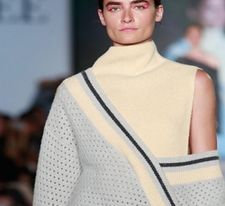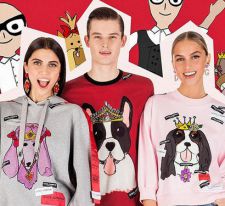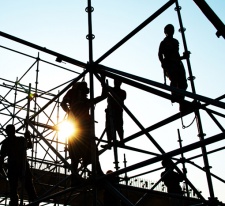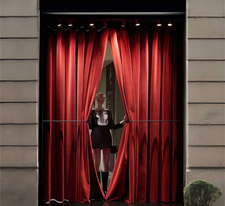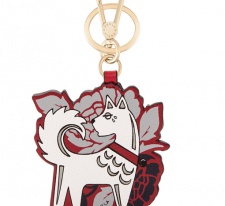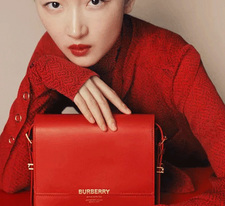The Chinese Wall
ARAB NIGHT
Already in 2017, Muslim tourists may take the second place after Chinese guests in Russia, according to various estimates, they may increase by 30 to 35%. According to Elena Zhukovskaya, specialist in intercultural communications, Arabist, project manager SAFRRU.com , Muslim travelers are traditionally divided into three conditional groups: tourists from the Persian Gulf countries are the UAE, Qatar, Kuwait, Oman, Bahrain, Saudi Arabia, tourists from North African countries are mainly Egypt, Morocco, Tunisia, Algeria, and from the Eastern Mediterranean countries, for example, Jordan and Lebanon.
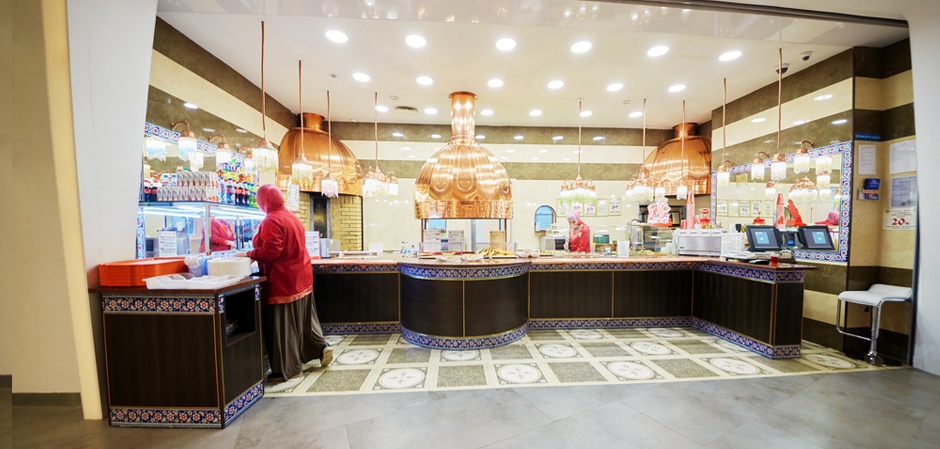
And if representatives of the Persian Gulf countries, who often come to Russia with whole families, like to look into GUM, TSUM to please themselves with fashionable brands of clothing or accessories, buy expensive gifts, jewelry of famous brands for friends and acquaintances, then representatives of other Arab countries are more focused on choosing traditional souvenirs or something useful for your family members," shares Ms. Zhukovskaya. "Arab tourists have an increased demand for Russian chocolate and perfumes." In addition, unlike Chinese guests, Muslim travelers are much more actively interested in fashion brands of Russian designers, especially in the premium segment.
According to UNWTO data, international tourism has been developing faster than other export-oriented sectors of the economy for the fourth year in a row. The share of tourism in world exports in 2015 increased to 7%, and the total revenue from international tourism amounted to $ 1.4 trillion. Arab tourists, on the other hand, make a big contribution to world incomes, as they often travel, as a rule, come for a fairly long time, and also make expensive purchases.
"Of course, these characteristics mostly apply to tourists from the Persian Gulf countries," continues Elena Zhukovskaya. They are the leaders in the world in spending on travel. For example, Kuwait and Qatar have been the most active buyers in the UK in recent years. Qatari citizens, according to the BBC, in 2014 spent an average of 1,406 pounds for just one purchase, which made them the first among all tourists in London by the average check. The Arab resource GulfNews earlier this year released a forecast that citizens of the Arab Emirates will spend 32 billion dirhams on travel by 2017.
However, as for Arab tourists in Russia, the picture is much more modest here. Elena Zhukovskaya connects this fact with the underdevelopment of inbound tourism from Arab countries to the country as a whole. At the same time, the average receipt for purchases in shopping malls, especially in the premium segment, can be quite high - 20-50 thousand rubles, and even souvenirs on average cost 3000-5000 rubles per purchase.
"But even after the devaluation of the ruble and the decline in prices, many Arab tourists continue to make single purchases, because we do not have the conditions for this at all," reflects Elena Zhukovskaya. – Here is the problem of communications (few people in stores speak Arabic, and they are more used to speaking in their native language, especially when it comes to buying something expensive, discussing details, not all stores speak English), and the non-return of Tax Free, and lack of understanding of the sphere of consumer interests and tastes of representatives of Arab countries. And if we want to look more attractive in the eyes of Arab tourists, then we must study their demand, then work on the assortment and, of course, the service, the service culture. The points of growth can be very different, ranging from the "loyal" to the Arab character of souvenir products ending with the same perfume. With the growth of the incoming flow, there will be an increasing shortage of Arab restaurants; this sector can also be developed. It is important to understand that both the assortment and the quality of products and services should grow, since Muslim buyers are among the most demanding in the world.
In the meantime, market participants are convinced that the introduction of the Tax Free system in 2017 will lead to an increase in both tourist buyers and the average check, and it is worth working with the project not only for premium stores, but also for mass format.
Ending
Author: Ekaterina Reutskaya
Photo: Shutterstock.com
